Range of settings
Monitors at the moment are probably dominated by 27-inch models, which is logical given their price and availability. The next step in the evolution are 32-inch models, which include the tested M32UC from Gigabyte. This one is very similar to the recently tested G32QC. However, appearance is the only thing they are similar in, as the M32UC is a bit of a “different animal”. 4K at 160Hz and KVM are just the tip of the iceberg of what the monitor offers.
Range of settings
To control the OSD menu, there is a 5-way joystick on the right side of the monitor from the back. Above it is the aforementioned KVM button. When using multiple monitors, this placement can be a bit unfortunate and the joystick might therefore be better in the middle of the monitor from the bottom, and the KVM button could be on the bottom chin from the front or bottom.
The joystick also offers several quick actions that you can customize.
The first of the options in the settings are gaming features such as Aim Stabilizer Sync or Black Equalizer. Overdrive and FreeSync are also set here.
The image settings offer a choice of different modes that you can additionally customize and reset. In addition, you can have different image modes set for different inputs.
The display also offers input selection and the ability to overclock to 160Hz when connected via DisplayPort.
There are also PiP and PbP with both position and size settings, which we’ll look at below
The aforementioned quick joystick action settings can be found under Quick Switch, in addition to which you’ll also find customisation of the OSD menu appearance itself in the system settings.
The next part of the system settings offers control of USB charging, HDMI CEC, LED indicator or auto shutdown.
All that’s left is language change, the ability to save a profile and reset all settings.
The monitor also offers GameAssist, which is a gaming assistant for displaying crosshair, countdown, refresh rate, and when connected to a PC, system information such as temperatures and clock speeds.
There is also a function for aligning the monitor when using two or three pieces. Thanks to the guiding lines, you will be able to get them to line up.
The monitor offers multiple PiP and PbP modes, which we’ll take a look at now.
The first is PbP mode, where you can display two sources side by side at the same time, either while maintaining the aspect ratio or maximizing the content.
PiP mode displays one image above the other, with the second image smaller and in one of the four corners. You can toggle between the main and secondary images.
It is also possible to resize the window to one of three sizes.
In addition to the size adjustment, the window can be moved to one of the four corners.





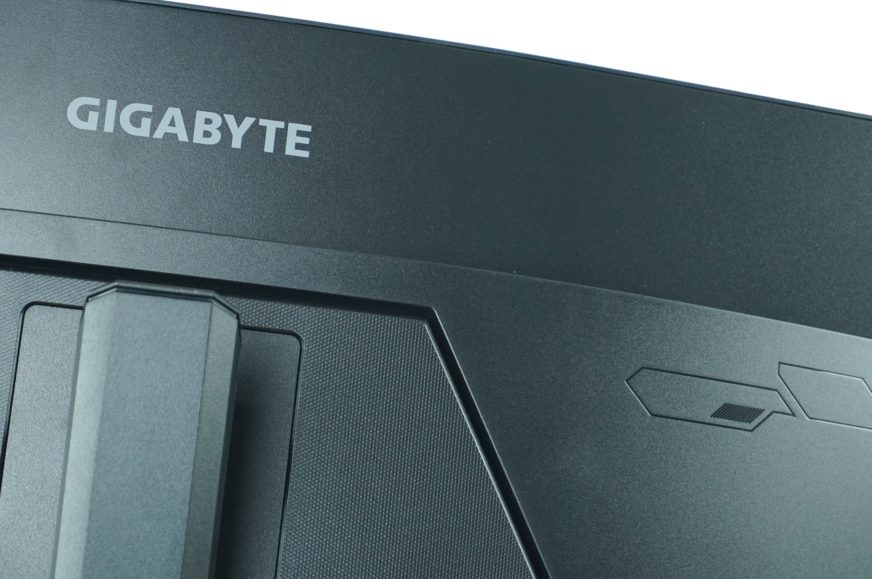
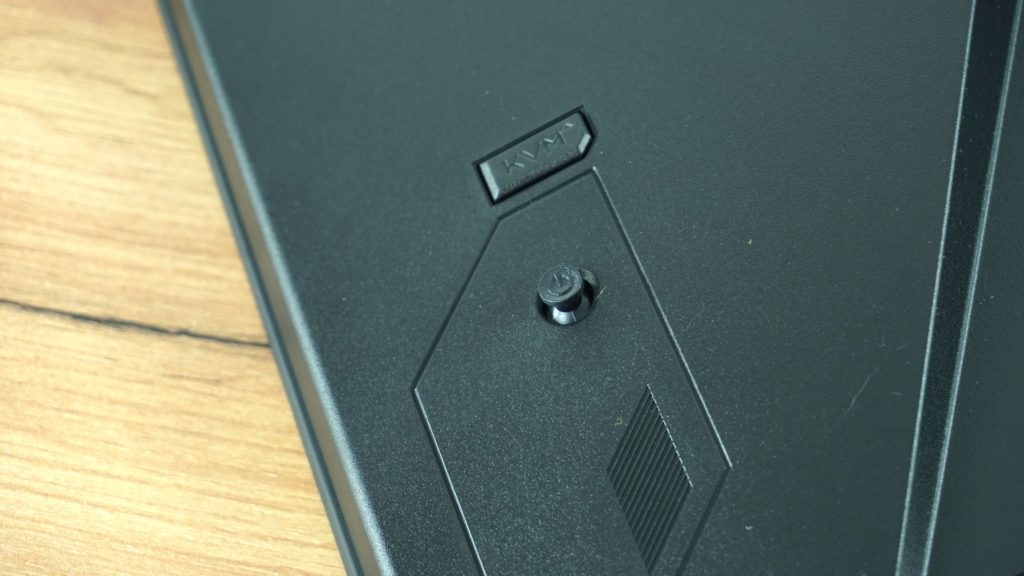
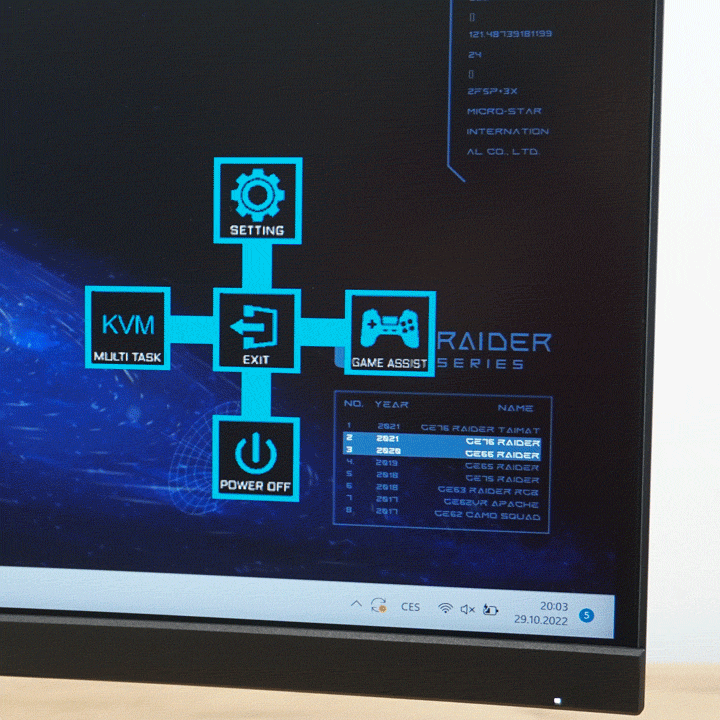
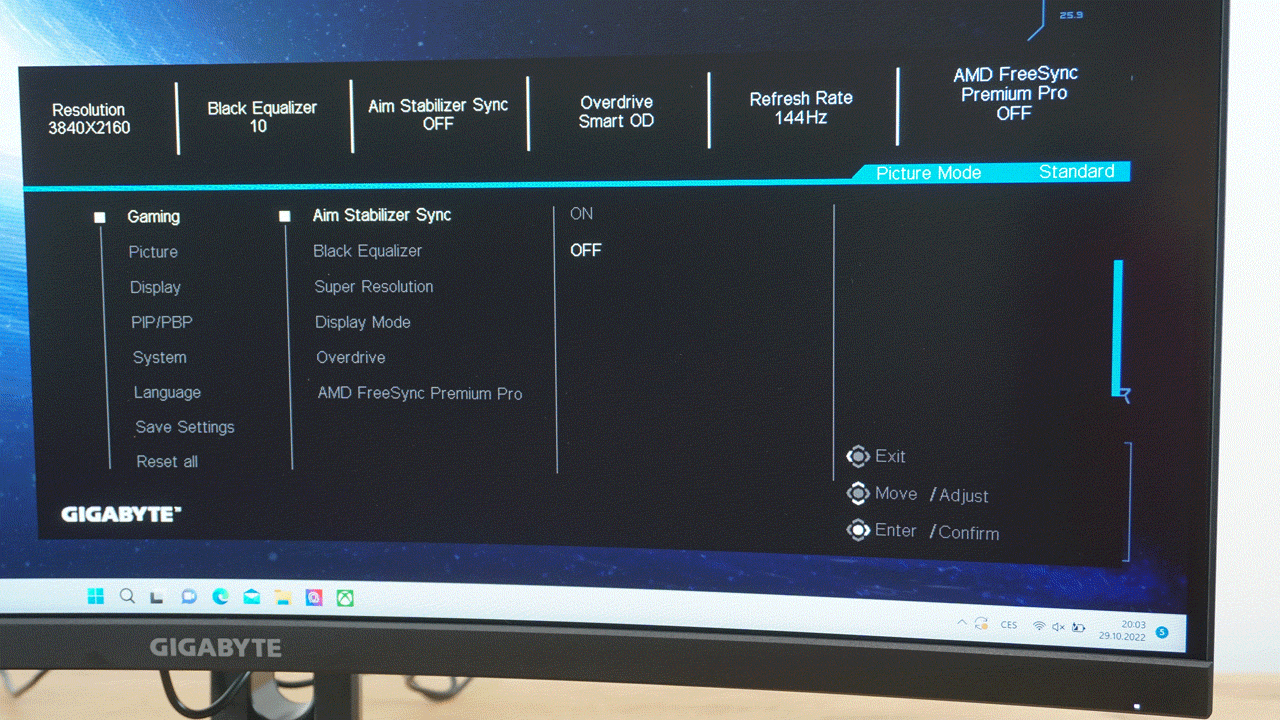
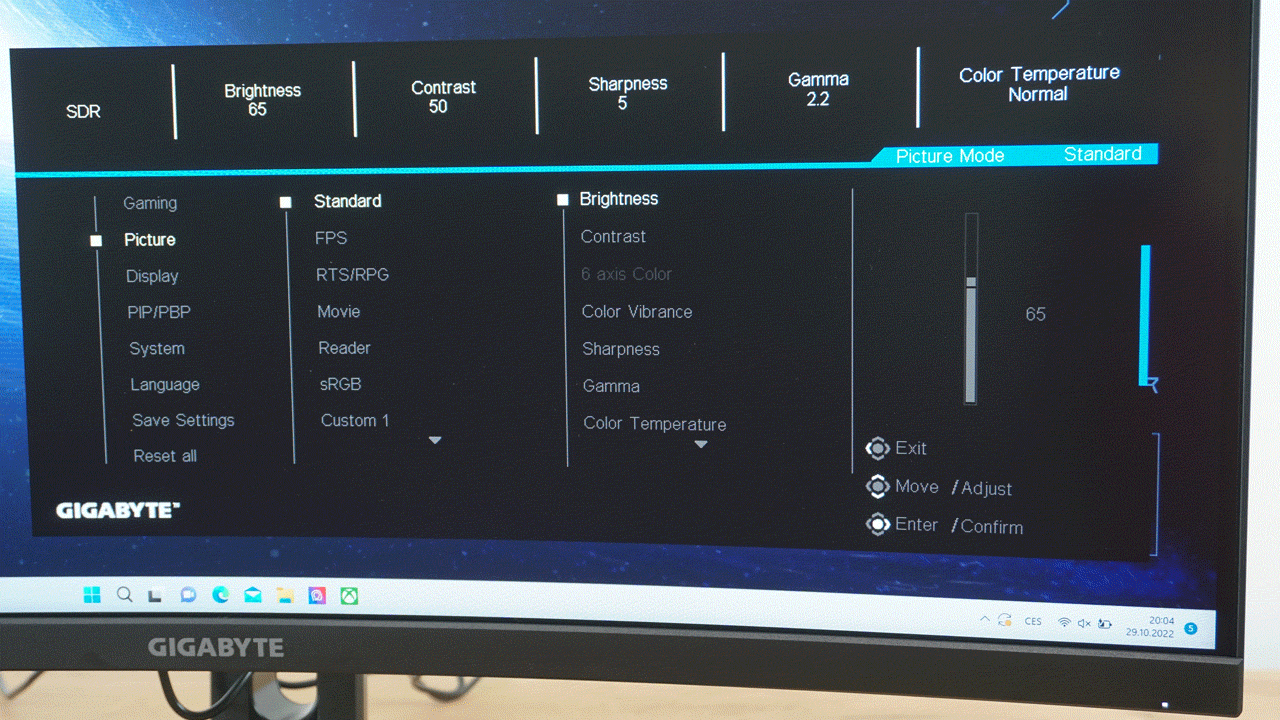
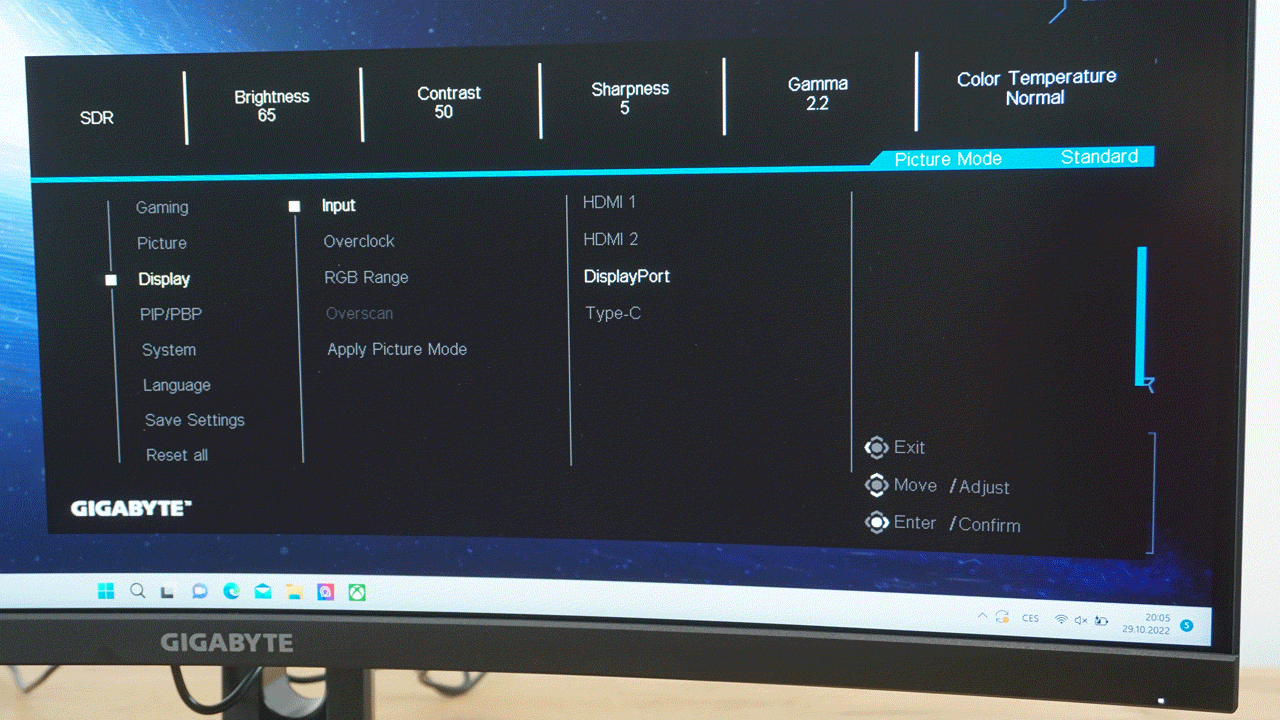
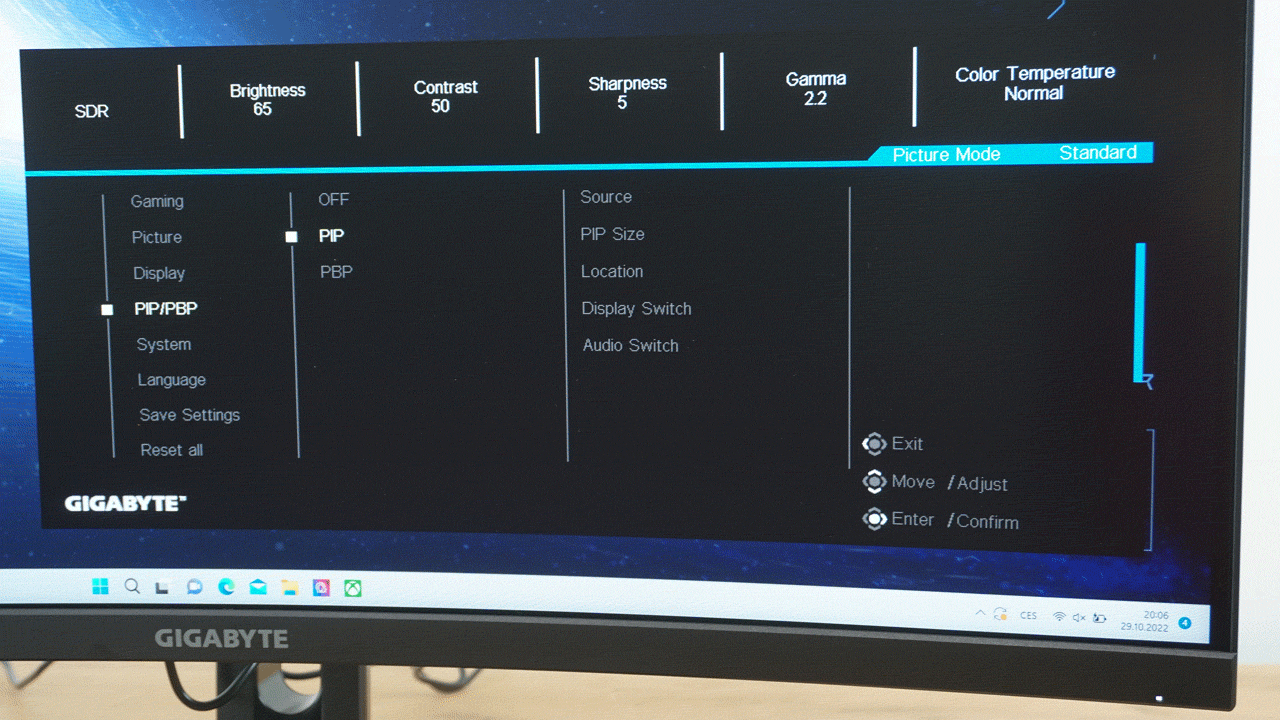
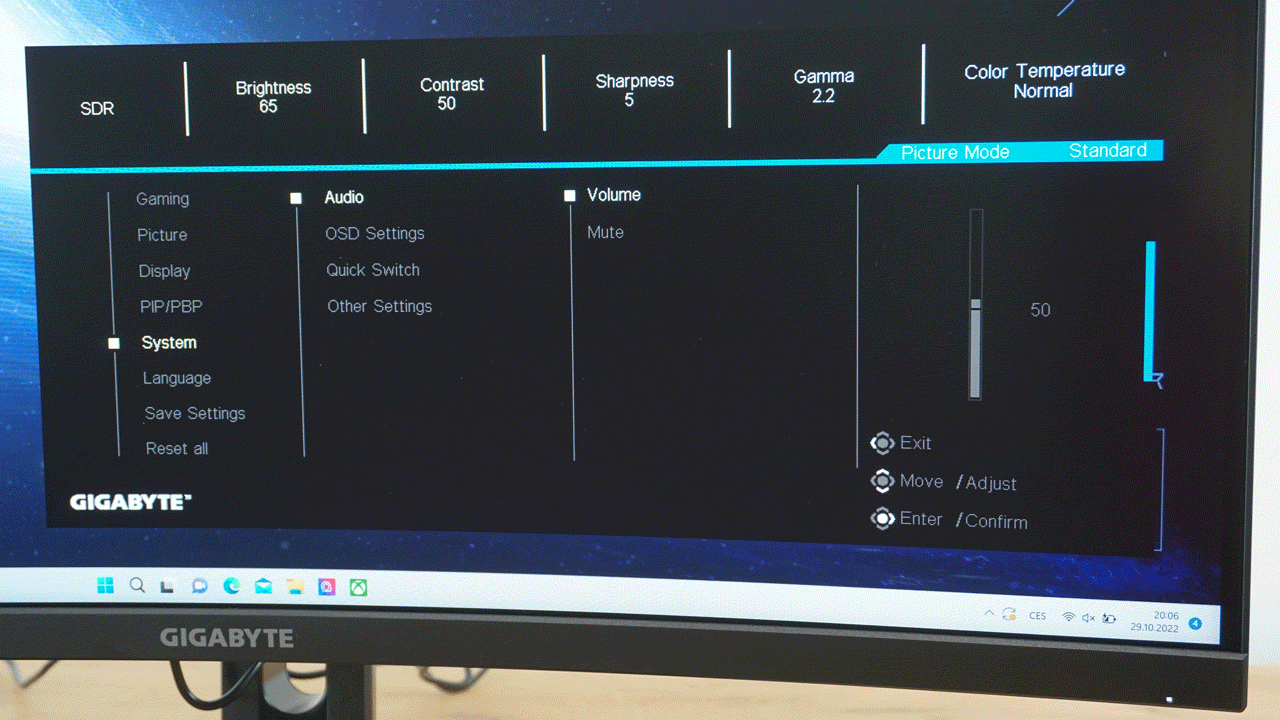
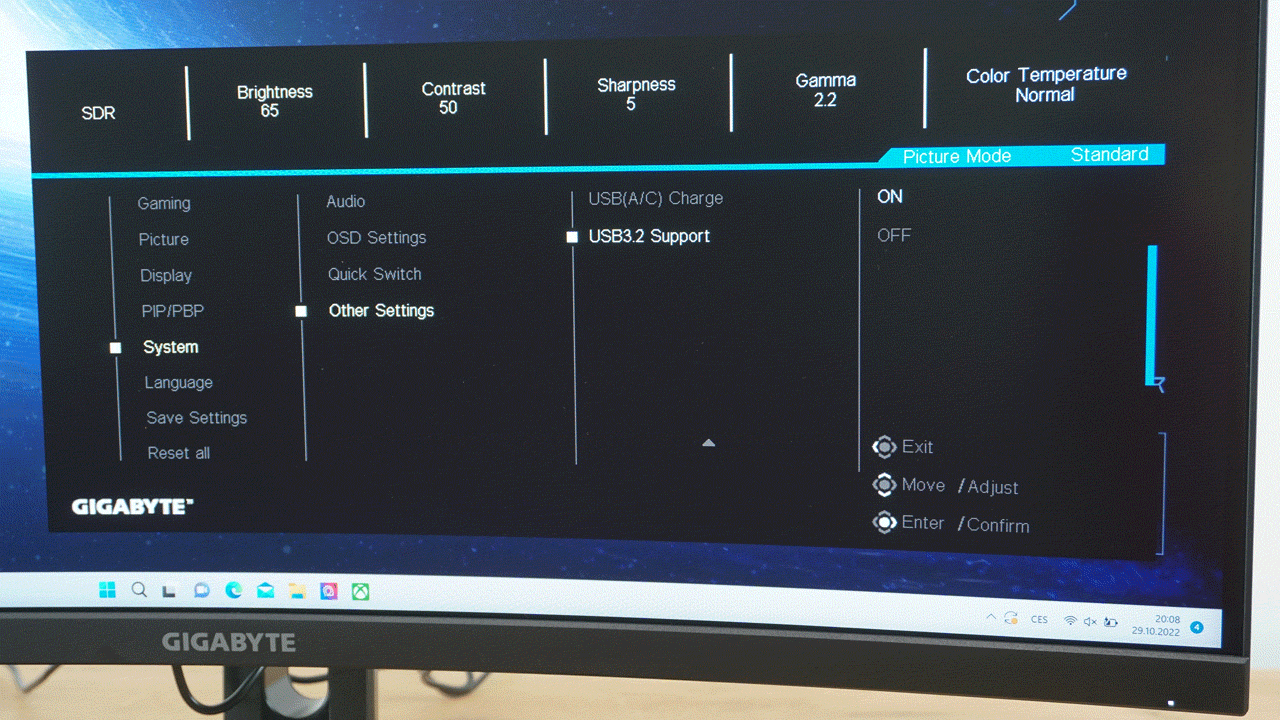
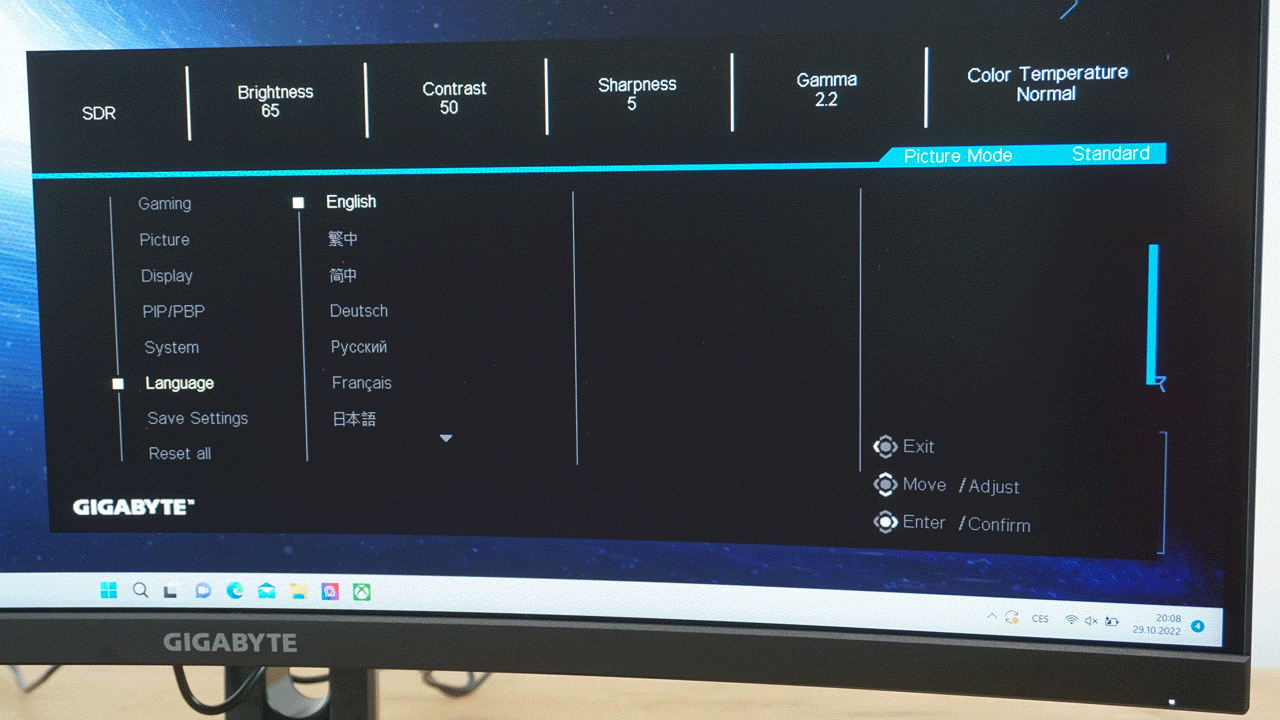
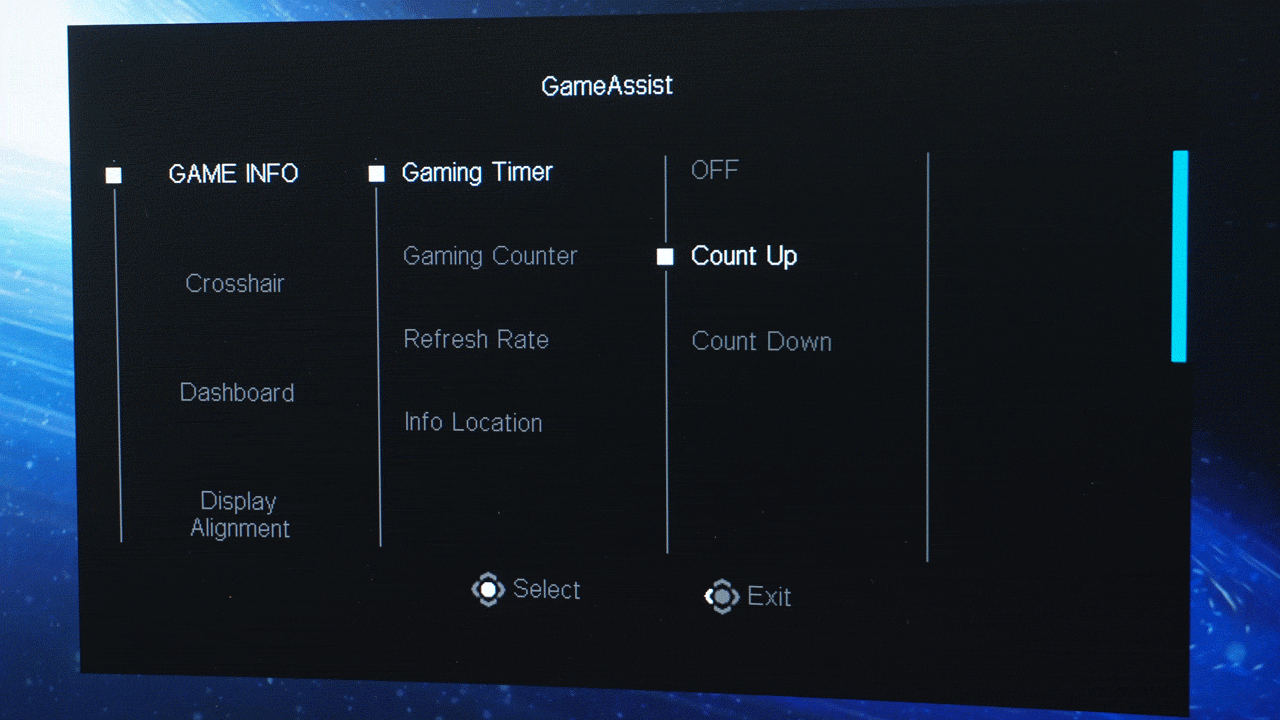


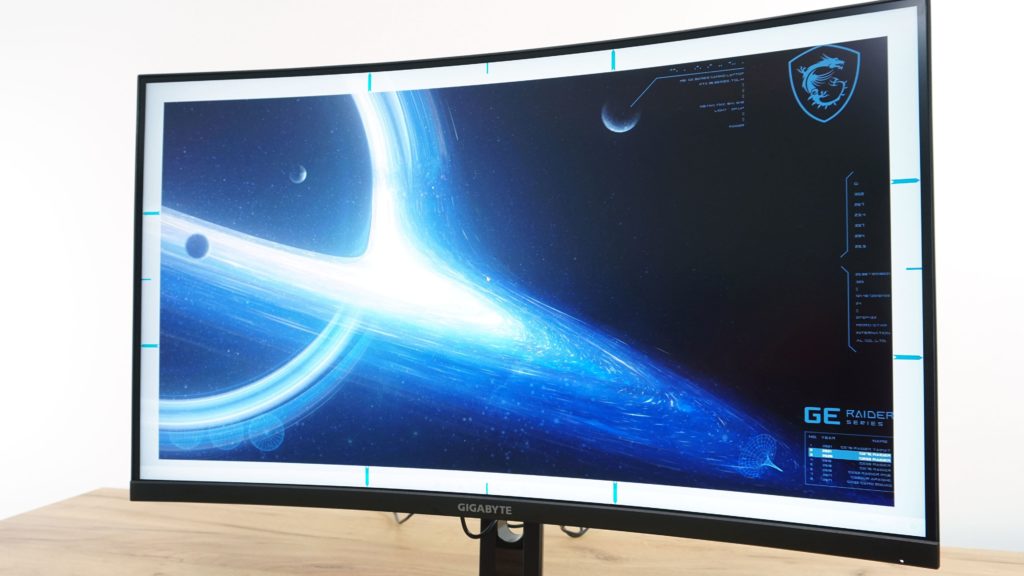
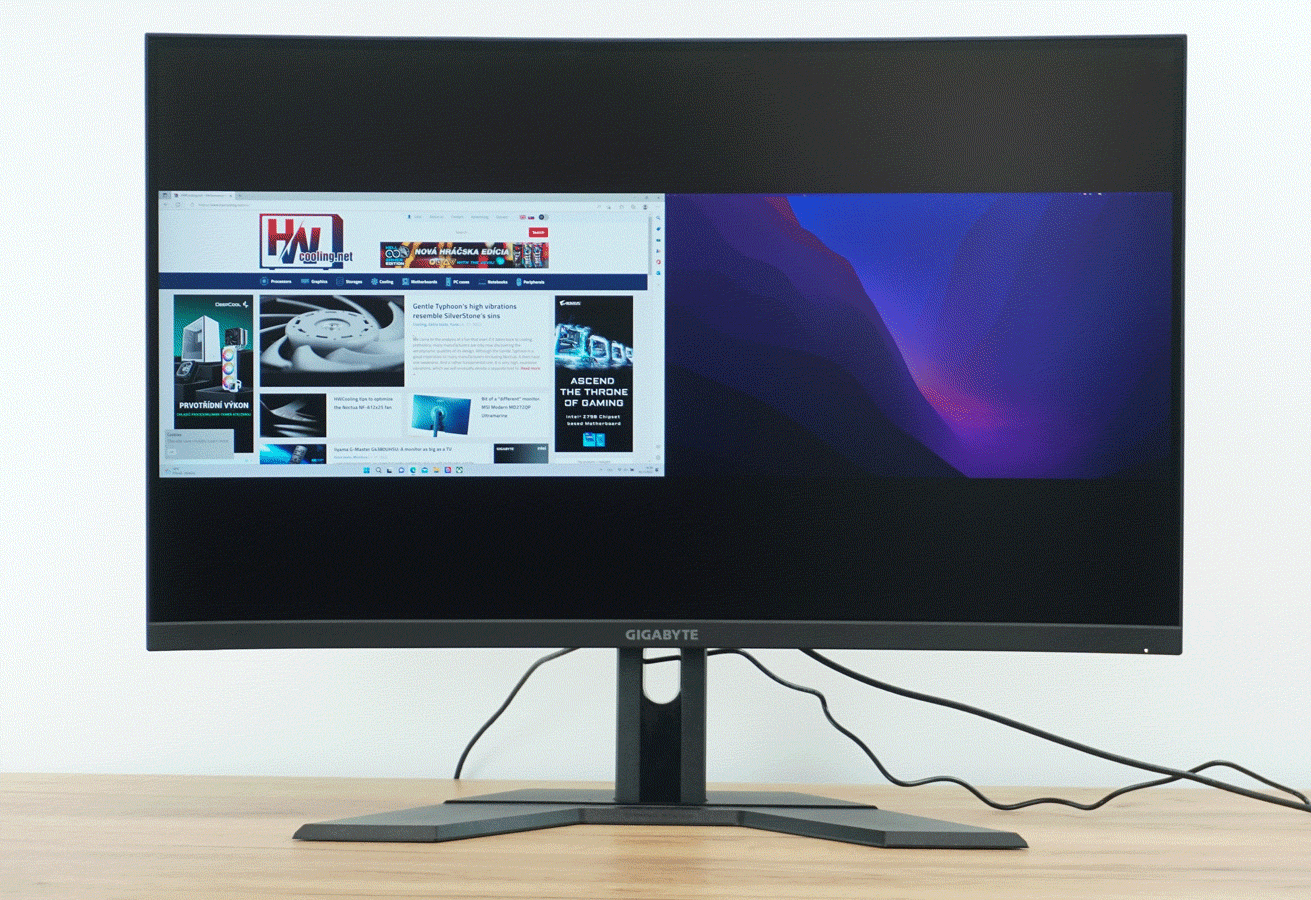
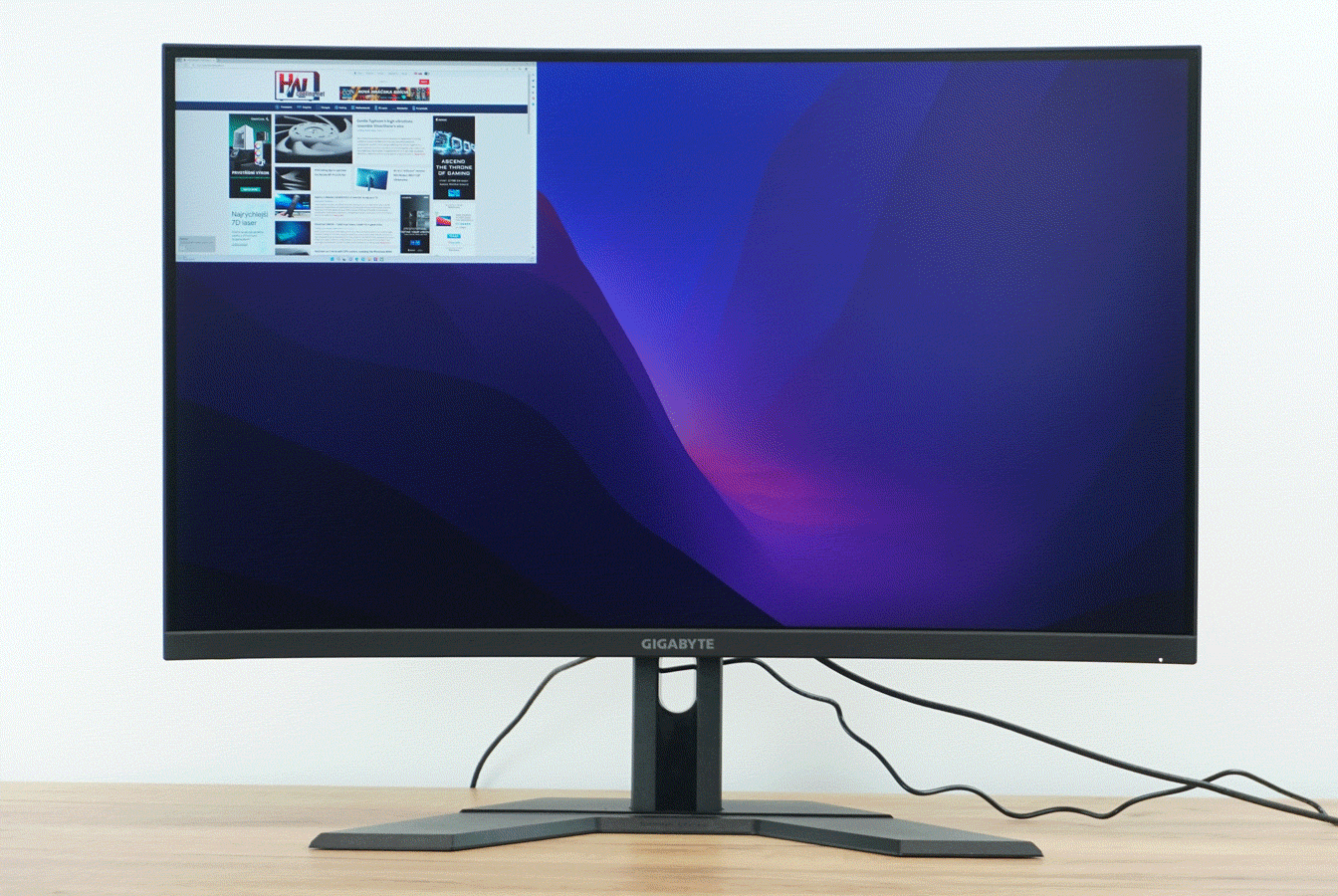
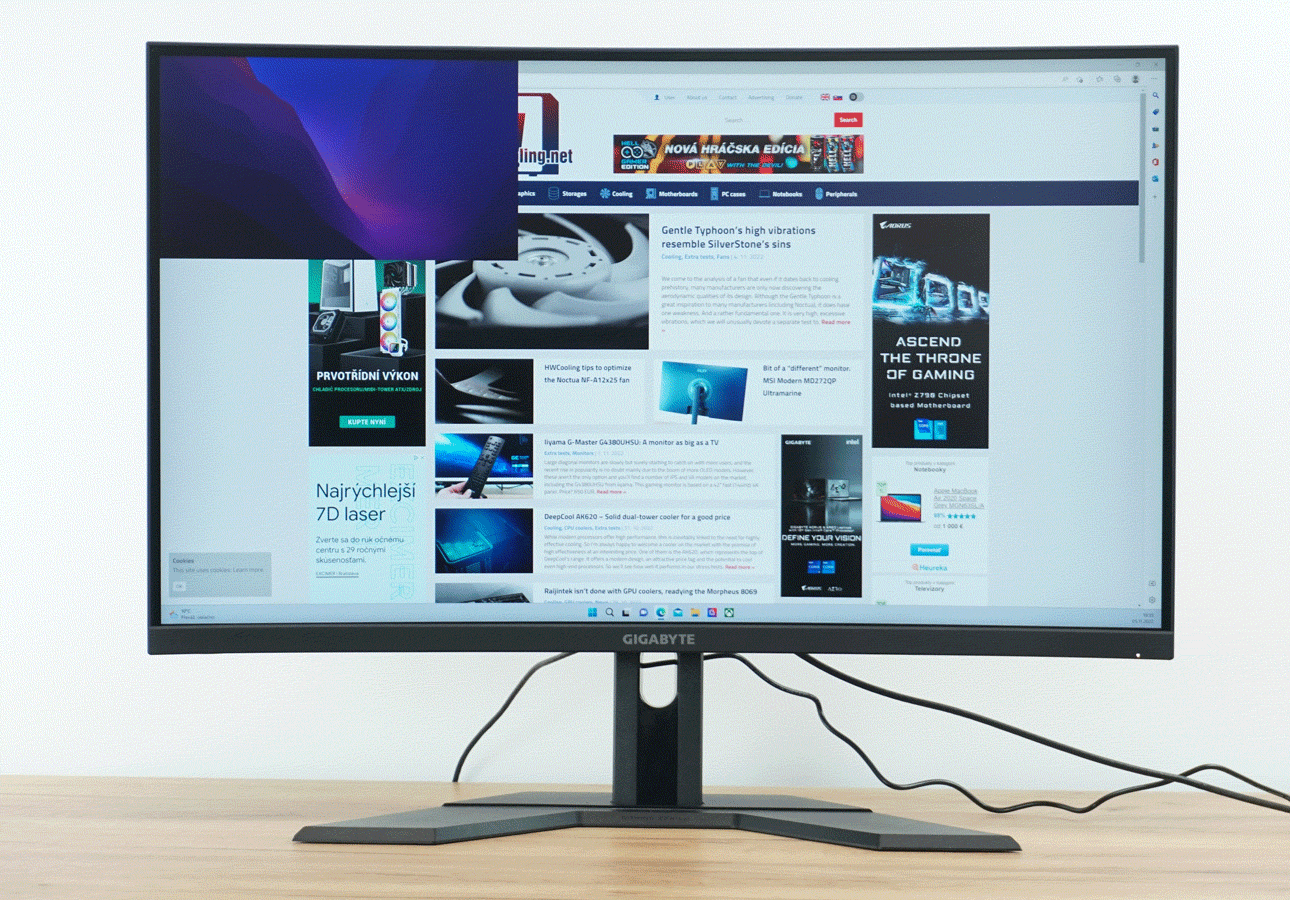
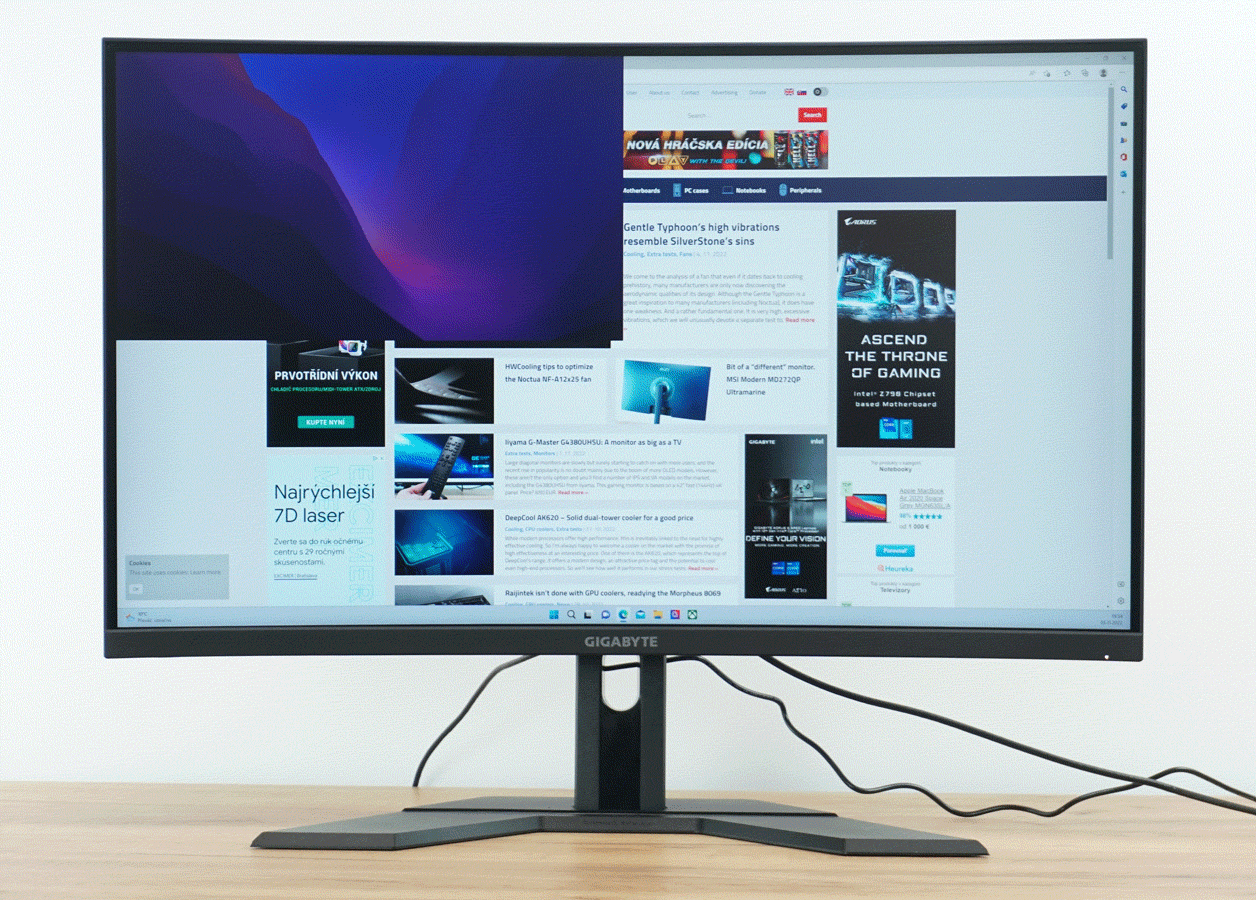


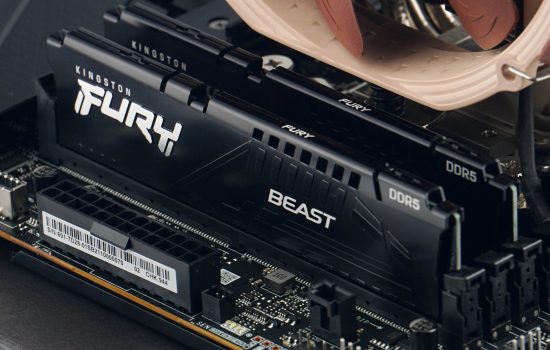



That’s a beautiful Batman in black uniformity test. I blame mostly Samsung that we needed to wait over 2 years for this curved screen “comfort” and “gaming immersion” fad in 27″ and 24″(!!) VA screens to be over. So many luminance and other problems for questionable gains.